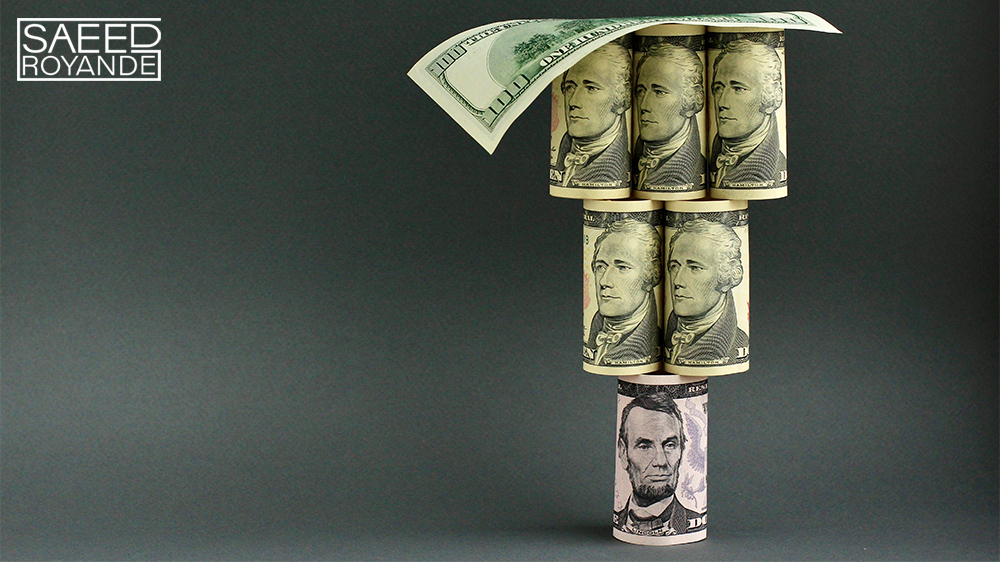The term “financial instability” refers to a condition where the financial system is highly volatile, uncertain, risky, and fragile. Reduced output, revenue, employment, and welfare are just some of the ways it can harm the actual economy. The public’s faith in the financial system and its institutions can also be shaken by financial instability. Therefore, academics and practitioners need to comprehend financial instability and its associated causes, indications, outcomes, and policy implications.
What is financial instability and why does it matter?
The term “financial instability” refers to a condition where the financial system is highly volatile, uncertain, risky, and fragile. Reduced output, revenue, employment, and welfare are just some of the ways it can harm the actual economy. The public’s faith in the financial system and its institutions can also be shaken by financial turmoil. Therefore, academics and practitioners need to comprehend financial instability and its associated causes, indications, outcomes, and policy implications. When the financial system’s ability to allocate resources efficiently, facilitate payments, and maintain price stability is disrupted or threatened by shocks or imbalances, we say that the system is experiencing financial instability. Bank runs, currency fluctuations, sovereign debt crises, asset bubbles and collapses, market illiquidity and contagion, systemic risk, and macroeconomic instability are all examples of financial instability.
The effects of financial instability on the economy and society are consequential. To cite just a few examples, financial instability can cause a decline in growth and productivity, an increase in unemployment and poverty, a disruption in social and political stability, and a loss of wealth and income for households and businesses. Furthermore, due to commercial, financial, and institutional links, financial instability can spread across countries and regions, resulting in global or regional crises that are more difficult to manage and resolve. Therefore, one of the primary goals of policymakers and regulators is to prevent and mitigate financial instability.

Businessman sitting to working at office desk
How does financial instability arise from economic cycles and human behavior?
Economic cycles and human behavior both contribute to the instability of the financial system through the volatility and imbalances they cause. Changes in economic indicators including output, income, employment, and prices occur in predictable patterns known as economic cycles. Aggregate demand and supply, monetary and fiscal policies, technical developments, external shocks, and expectations are all potential drivers of economic cycles. Interest rates, asset prices, credit conditions, profits, and even solvency can all be influenced by economic cycles. What makes the financial system tick is human behavior, or how people make decisions and interact with one another. Preferences, beliefs, emotions, biases, heuristics, social conventions, and incentives are only some of the aspects that might impact people’s actions. Many different aspects of human behavior—including risk-taking, speculation, herding, panic, contagion, and feedback loops—can have an impact on the global financial system. When economic cycles and human behavior cause excessive or unsustainable oscillations and imbalances in the financial system, financial instability can result. For instance:
- Financial agents’ extreme optimism, enthusiasm, overconfidence, and risk appetite during economic booms can lead to unstable market conditions such as asset price bubbles, credit booms, leverage, and innovative financial products.
- Excessive pessimism, anxiety, uncertainty, and risk aversion among financial actors can precipitate economic bust-exacerbated asset market collapses, credit crunches, deleveraging, and financial crises.
- When actors’ expectations and actions can mutually validate or invalidate each other based on their coordination or coordination failure, this phenomenon is known as a self-fulfilling prophecy or multiple equilibria in the financial system.

Financial instability arise from economic cycles and human behavior
The main indicators and consequences of financial instability
Variables or metrics that can signal or reflect the degree of vulnerability or stress in the financial system are known as “indicators of financial instability.” Indicators of financial stress, financial contagion, and the length of time it takes for financial variables to return to their normal or desirable levels are all examples of macroprudential indicators. Financial soundness indicators, financial performance indicators, and financial resilience indicators are all examples of macroprudential indicators that assess the health of financial institutions in terms of their solvency, profitability, efficiency, and resilience. The repercussions or effects caused by or connected to a dysfunctional or disorganized financial system are known as the “consequences of financial instability.” Depending on whether they have a direct or indirect effect on the financial system or its parts, these effects can be categorized as direct or indirect. Asset value and wealth declines, credit and investment dry up, fiscal and external balances worsen, and social and political stability are all direct results. Spillover of shocks or stress across countries or regions, as well as decreases in output, income, employment, and welfare, increases in unemployment and poverty, and decreases in growth and productivity, are all examples of indirect repercussions.

Risk on financial instability
How do entrepreneurs handle financial instability?
As they risk their own money or try to raise finance, entrepreneurs frequently experience monetary uncertainty. Bankruptcy or financial instability may result from business failures or unanticipated costs. This is why business owners require stress-reducing practices and methods for controlling their finances. Entrepreneurs can deal with financial uncertainty in several ways.
- Focus on the here and now while remembering the company’s best qualities, such as its principles, mission, and objectives. Gratefulness and optimism have been linked to decreased anxiety and increased drive.
- To reduce stress and workload, business owners should trust their employees and give them responsibility for certain tasks. Possessing a professional and encouraging staff can help improve motivation and output.
- Engage the services of experts who can help you navigate the financial waters as an entrepreneur, such as mentors, coaches, accountants, lawyers, and consultants. The company’s sphere of influence and stockpile of assets can both grow with the addition of outside assistance.
- Find the right metrics to track and adjust your approach accordingly so you can keep tabs on how well your company is doing. Entrepreneurs can benefit from having clear and realistic indications to make data-driven decisions.
- strategically allocate available resources through thorough planning and cost estimation. Managing cash flow, cutting expenses, increasing revenue, and putting money aside for unexpected events are all easier for business owners who have a strategy and a budget.
- Reduce reliance on any one set of consumers or investors by spreading out their revenue streams and finances. Entrepreneurs can reduce their exposure to financial risk and strengthen their financial footing by developing a variety of revenue streams and funding mechanisms.


